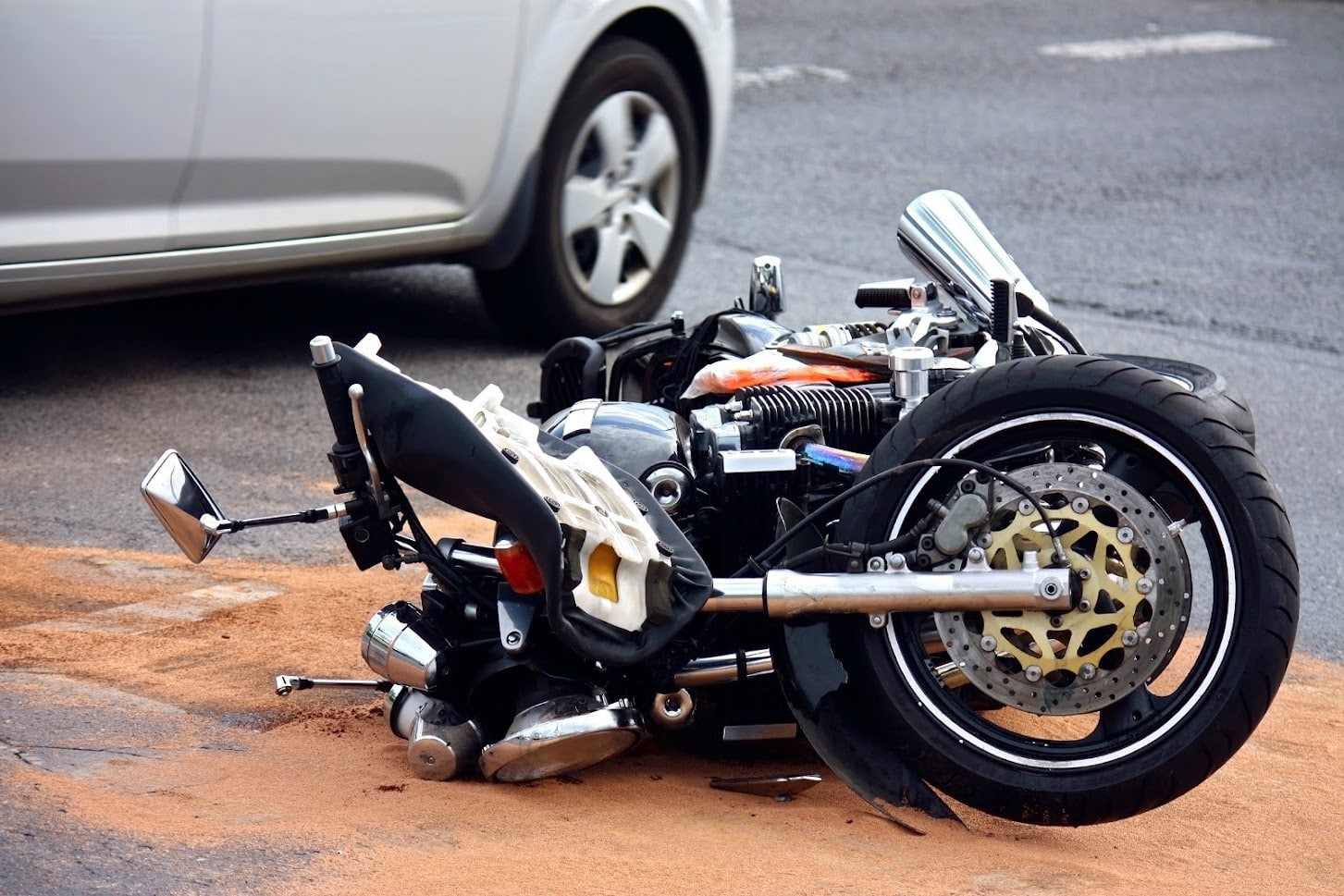While riding a motorcycle is fun, sometimes the consequences can be life changing, especially when an accident occurs. Motorcycle crashes, even seemingly minor ones, are often serious and can result in severe injuries or even fatalities. One of the major reasons is that, unlike vehicles, motorcycles offer little to no protection to the rider when a crash occurs.
Motorcycle accident victims are more prone to some serious and life-changing injuries such as a spinal cord injuries, traumatic brain injuries, loss of limbs, internal injuries, and wrongful death. If you’re a victim of a motorcycle crash, find a motorcycle accident lawyer who will help you receive compensation.
Riding a motorcycle can be fun and safe if you understand situations that normally cause crashes. In this article, explore four common causes of motorcycle crashes to help you keep safe when riding.
1. Alcohol
Alcohol is a major contributing factor to auto accidents. For instance, in 2020, 27 percent of fatally wounded motorcyclists had a blood alcohol content (BAC) of at least 0.08.
Driving or riding at 0.08 BAC means you may have difficulty recognizing and reacting to emergencies and signals. Riders under the influence are also more likely to exceed posted speed limits, increasing the risk of fatal injuries and endangering other motorists.
Other effects of alcohol that contribute to motorcycle crashes include:
- Impaired vision and hearing
- Difficulty in detecting danger
- Poor reasoning and self-control
- Poor muscle coordination
Operating a bike demands more coordination and skill than a car. As a result, even small amounts of alcohol can decrease a motorcyclist’s ability to ride safely. Thus, never ride a motorcycle while under the influence.
2. Left-Turn Accidents
According to the NHTSA WHAT IS NHTSA? HAS TO BE SPELLED OUT FIRST, 42 percent of fatal crashes involving a motorcycle and a car occurred when the car’s driver made a left turn.
Left-turn collisions are common because bikes are smaller and less visible to other motorists. Also, motorcycles easily blend with the surroundings, causing drivers to misjudge their speed when turning. Distractions, such as music, phones, and other cars, could also reduce a motorist’s awareness of a motorcycle.
Safety measures to reduce the number of crashes include wearing bright clothing, maintaining an adequate distance from other motorists, and avoiding riding when visibility and weather conditions are poor.
3. Dangerous Road Conditions
Bikes are vulnerable to hazardous road conditions, such as potholes, loose gravel, slippery surfaces, and debris or animals on the road because of their low stability. While other cars can survive bumps and debris on the road, these obstacles can be fatal for motorcyclists. For instance, gravel can impact a bike’s grip with the road and lead to a crash.
Other unsafe road conditions include ice and water on the road, construction zones, uneven roadways, and missing or concealed road signs.
To ride safely and avoid accidents due to dangerous roads, a motorcyclist can check the local weather report, tread depth, hand and foot brakes, and tire pressure. Also, make sure your signal indicators and headlights work correctly.
4. Dooring Accidents
Dooring accidents happen when a driver or passenger opens the car door without looking out for approaching motorcycles. When open-door accidents occur, a motorcyclist can be thrown off their bike, hitting a signpost or the road. To avoid crashing into an open car door, a motorcyclist may swerve and crash into other motorists, leading to serious injuries, such as a neck injuries, fractured bones, and internal bleeding.
Some causes of open car accidents include motorists and passengers not looking for incoming traffic, improperly parked cars, poor visibility, and right-hand turns.
If you’ve been involved in a motorcycle accident, the attorneys at The Jaklitsch Law Group will help you determine the best course of action. Contact us to arrange a free consultation and case evaluation.

